Powered by
 Presentations
Presentations
We get it. The benefits of automation are so significant that many organizations want to automate everything immediately, right down to the kitchen coffee machine. But time and again, we see that planning and proof of concept is a crucial stage to successful automation.
Yes, you should think big (yes, your coffee machine should know your caffeine needs before you do!), but you need to start small. You also need to start soon.
Stijn Lenjou, Head of European Funds Unit, Federal Public Service Home Affairs of Belgium, recently began a huge automation journey, overhauling years of manual records.
Mr. Lenjou, who will be the keynote speaker at the upcoming virtual roundtable Leveraging Automation To Emerge Smarter, explains: “Our projects involve a lot of administration, writing official letters, writing ministerial decrees, sending official emails out, and all these little things take a lot of time and a lot of mistakes were made. They should be automized. All these things will now be done by the system.”
In order to determine the processes that needed to be automated, “the first task was to map all the existing processes to see what we want to change.” This, he says, was one of the most important steps – there was a temptation to rush, as the team understood the benefits it will bring to their own workload. But the more work that is done in planning, mapping and preparing, the fewer barriers that will emerge during implementation.
Every organization has, and leaves, a digital footprint. Especially with a public sector department, for example, a single programme can last for as long as seven years. Digital automation centralizes this, giving the ability to capture any point in time. This isn't just good for reducing admin and time delays but is incredibly effective for auditability purposes too.
As Mike Gilfix, VP of IBM Automation and Chief Product Officer, puts it, given the proliferation of data in the digital era, “without intelligent automation, many of us would spend our days sifting through piles of info just to figure out what is actionable.
Instead, AI can now quickly process and synthesize vast amounts of data for us, using algorithms to determine the next steps needed.” This frees people to spend more time on the things that truly matter. Understandable then that many feel impatient to get going.
The technologies underpinning the evolution of data automation from data centres and ERP systems into complex enterprise operations are ready and waiting. "Fetch and respond" chatbots, natural language processing, and machine learning are quickly becoming common tools to tackle specific needs within business processes.
In addition, automated workflows can link processes end-to-end, straddling siloes and cutting across functions to expose new outcomes. Applied in concert, technologies such as AI, automation, IoT, blockchain, and 5G are enabling organizations to optimize and customize workflows. And these technologies are constantly maturing.
IBM’s Automation and the future of work report found that 55 percent of respondents planning to increase AI investments in the next three years. Forty-four percent of respondents say their organizations will increase robotics investments.
Ensuring Automation Success
But how can you ensure you have a successful, streamlined expansion, not an inefficient, barrier-strewn roll-out?
Start by setting up an automation command centre. An automation command centre provides structure and governance to the development and use of information automation assets. This is a key success factor since most organizations have thousands of potentially automatable process tasks to consider, convert and manage.
At the Federal Public Service Home Affairs of Belgium, Stijn Lenjou explains, thinking big wasn’t the problem; it was starting small. “We may be underestimated the work involved at the start. Working with a third-party expert helped us a lot.”
His service partner at IBM, Davor Brajanoski, Cognitive Process Automation Market Lead Belgium & Luxemburg, agrees. “A lot of people talk about agile delivery, but it's not always that straightforward. Here we have a client that has fully embraced it. And I think they're reaping the benefits.”
Taking a strategic approach to automation enables an enterprise to use its resources wisely and optimize the return on its investment. A strategic approach also includes being prepared and transparent regarding the impact automation will have on the existing workforce.
